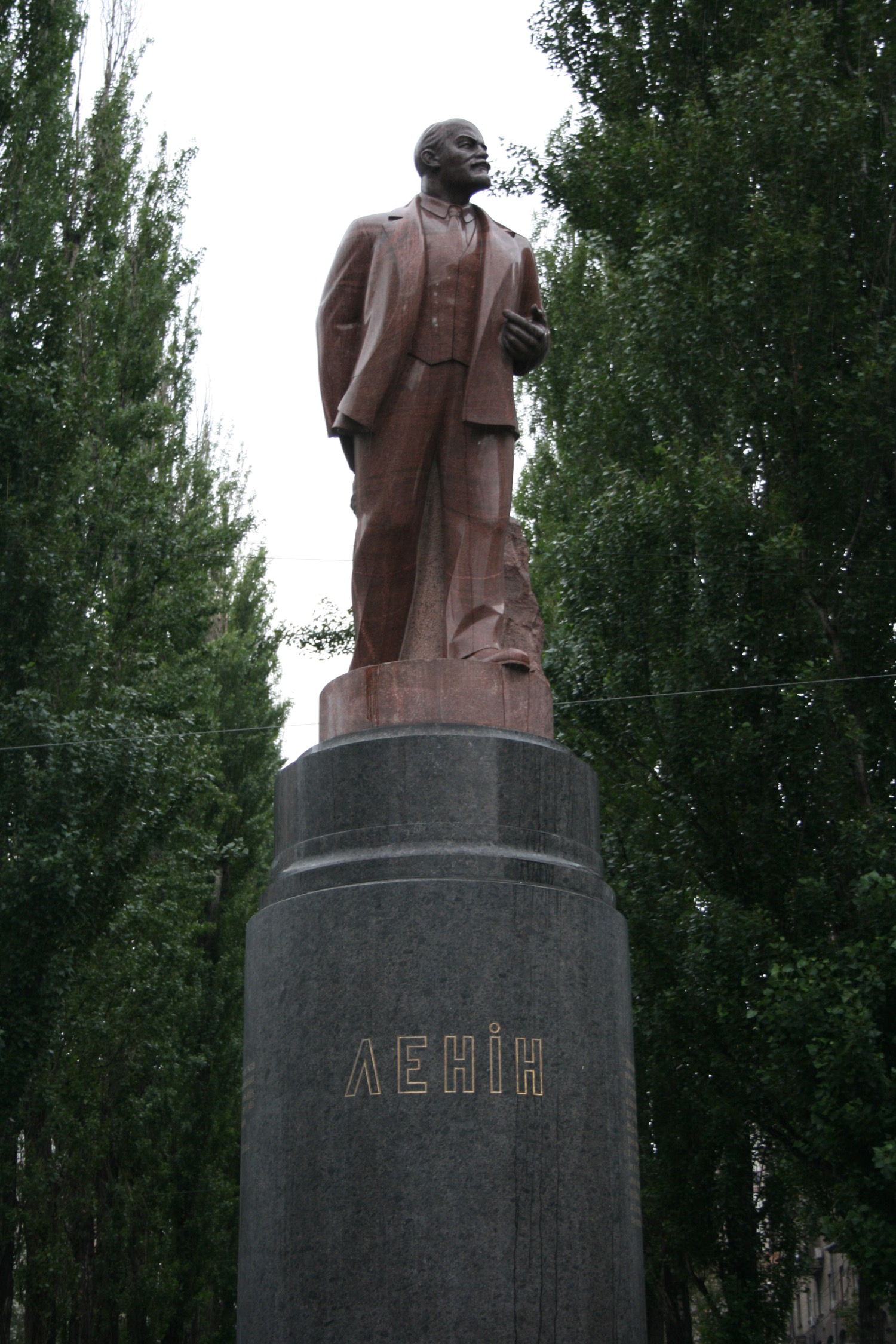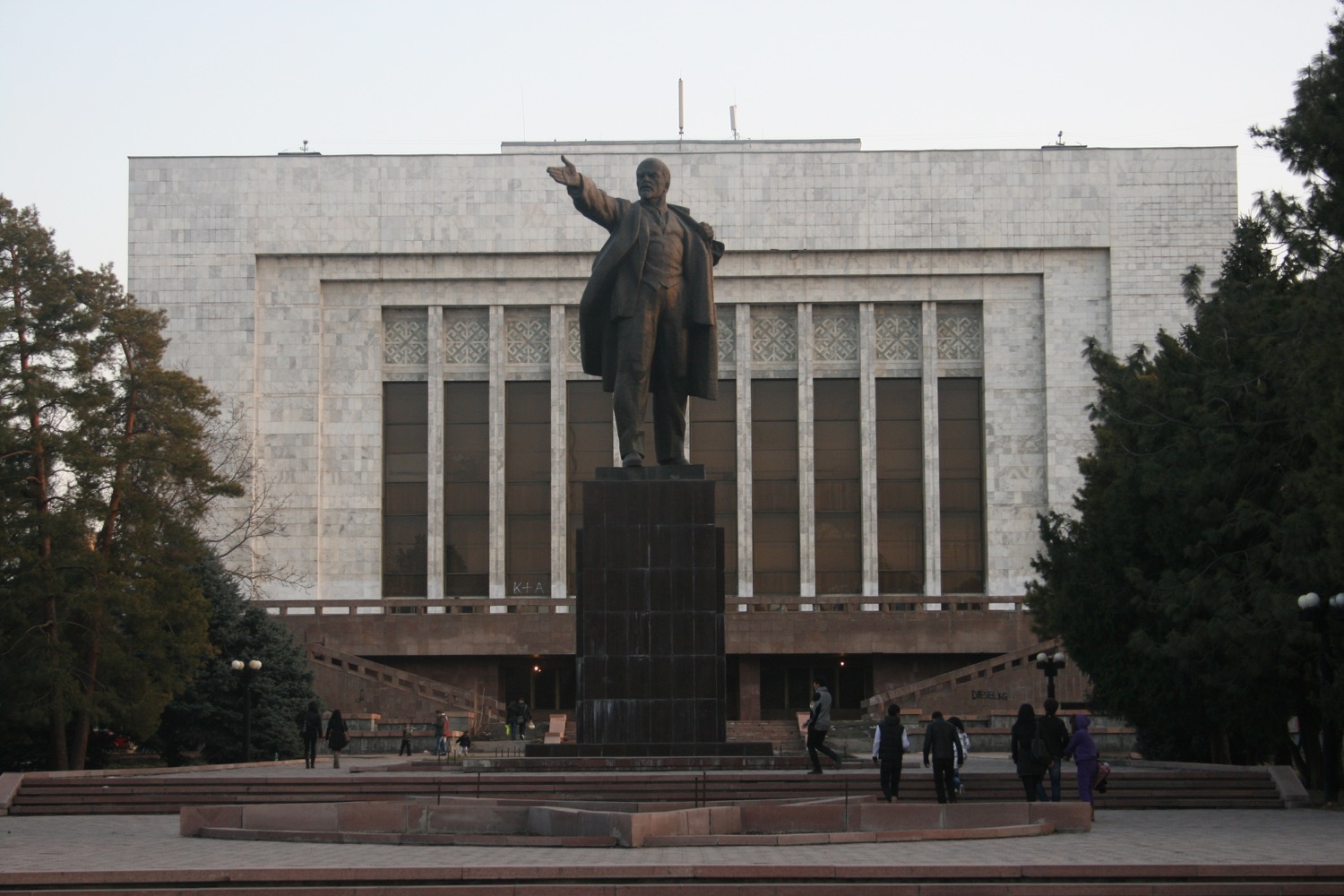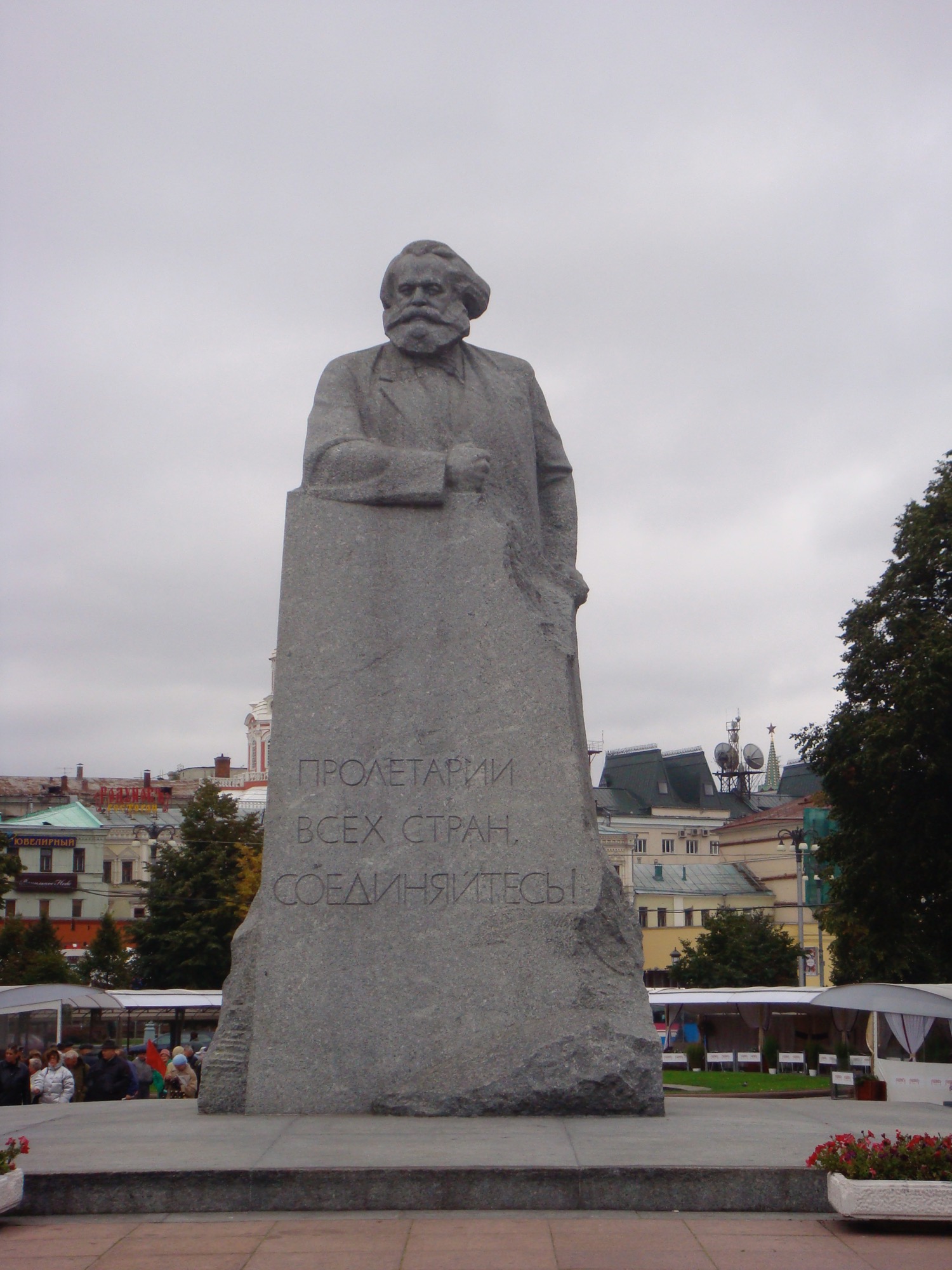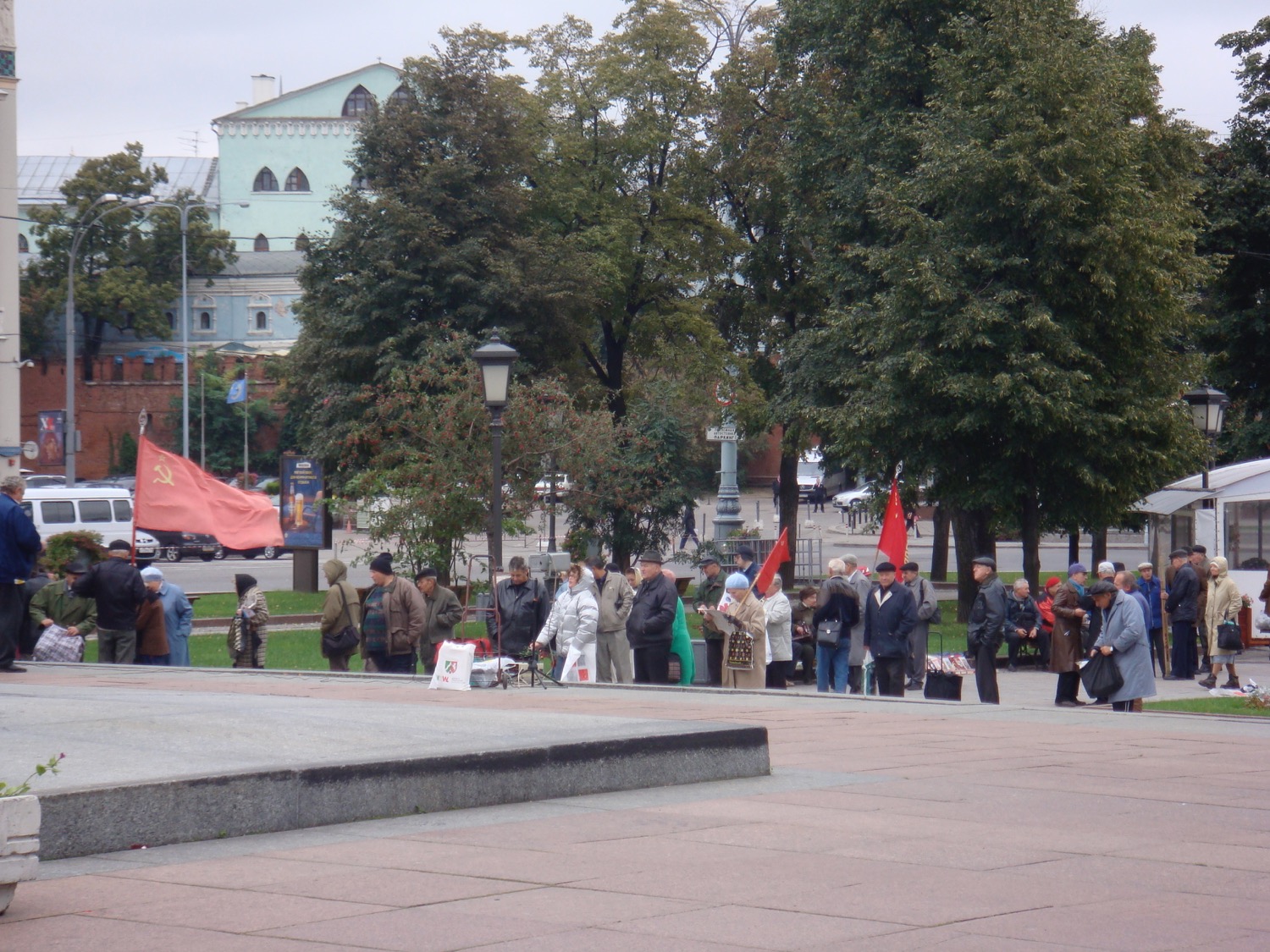I spent the last week in two former Soviet Socialist Republics, Uzbekistan and Tajikistan. As the Soviet Union collapsed, both declared independence in 1991.
At one point, nearly every city under the sphere of Soviet influence erected a towering statue of Vladimir Lenin, the figurehead of the Bolshevik Revolution that moved Russia from fragile democracy after the abdication of the Tsar to Communist rule.
Lenin was more than just a historical figure: his graven image served as a symbol of unity, shared purpose, and common identity across the Soviet Union.

But it also served as a warrant for ideological purity and a metaphor for the watchful eye of Moscow. In the waning months of the Soviet Union, many SSRs declared independence. Crowds rejoiced in jubilee and those towering Lenin statues became targets of public ire, a bitter reminder that while Lenin may have meant independence to the Russians, he symbolized enslavement to them.

In Tashkent and Dushanbae, Lenin statues were torn down and replaced by symbols of independence, a wholehearted rejection of the supposition that workers across ethic, national, and religious lines could set aside their differences to achieve a world of harmony. Life under Soviet rule had revealed that such theories proved elusive in the real world.
In Animal Farm, George Orwell writes, “All animals are equal, but some animals are more equal than others.” That was the life under direction from Moscow.
Some protested when the statues were removed. “This is our heritage!” they vociferously cried. There were protests and counter-protests. But the statues continued to fall. And were they really the heritage of Tajikistan and Uzbekistan, or the heritage of an oligarchy that manipulated historical symbols to control society?
In light of Russia’s invasion of Ukraine in 2014, protestors in Kiev gathered to tear down a statue of Lenin that had remained for decades. It was beautiful, from an artistic perspective. It had historical meaning in light of Ukraine’s close historic ties with the Soviet Union. But it symbolized oppression and its prominent place in the heart of the capital served as an unacceptable reminder of the unrelenting iron fist of Moscow, even 25 years after indepdnece.

By leaving the statue in its position of honor, Ukraine placed its imprimatur upon what it represented. It was so much more than a symbol of a noble cause.
In Bishkek, Kyrgyzstan the Lenin statue was moved from Ala-Too Square in the center of the city and relocated behind the history museum in 2003. The thing is, the Lenin statue was not even installed until 1984. It was never a symbol of Kyrgyz strength or resilience. Instead, it was a sign of Soviet strength, heralding six decades of Soviet rule.

I understand that objectively analyzing history is often a fool’s errand. When I was in Moscow for the first time, I noticed a group of older citizens pining for the days of the Soviet Union outside a large statue of Karl Marx.


I wonder if they remember the empty store shelves, food rations, and a secret police that was accountable to no one? Sometimes the past we remember is merely a figment of our imagination.
I’m glad the Lenin statue now rests on museum grounds in Bishkek. Those who forget history are doomed to repeat it. But I’m heartened that these societies have been able to recognize that just because a statue has immense historical influence and arguably even a certain beauty, it need not remain a symbol of division and prominent reminder of subjugation.




Natures hates vacuum. Removing the statues only elevates other objects or places to symbols offensive to some people.
In the former DDR (East Germany) you can still find a few statues of Karl Marx. In Chemnitz, which was called Karl-Marx-Stadt in DDR times, there remains a giant head of Karl Marx. In Berlin near the under construction Stadtschloss remains a statue of Marx and Engels. I think they were interesting to see in terms of a historical context, to see how important figures like Marx, Engels and Lenin were back in communist times, though can understand why some people want them removed based off of bad memories that they can evoke to those who lived in these former communist countries.
Statues aren’t a threat to dictators, education is. The vacuum is created by indoctrination vs. what history records are the common patterns of human behavior.
Was this written in light of the current debate stateside over statues of Robert E. Lee?
While I see your point, justifying the removal or destruction of historical monuments or statues because they may be offensive or represent periods of oppression to some people is a slippery slope indeed. For example, would it be OK for Hindus in India to justify removal of mosques or landmarks built during the Mughal empire because some emperors committed atrocities against Hindus? What if a group were to call for tearing down Southern antebellum homes because the original landowners owned slaves? Once you open the door, there’s really no end to the madness. I’d much rather have these historical monuments around so that my son can learn about their significance, and then make his own decisions as to whether the events that made the person or place important are good, bad, or something in between – and not have someone else decide that it’s offensive for him.